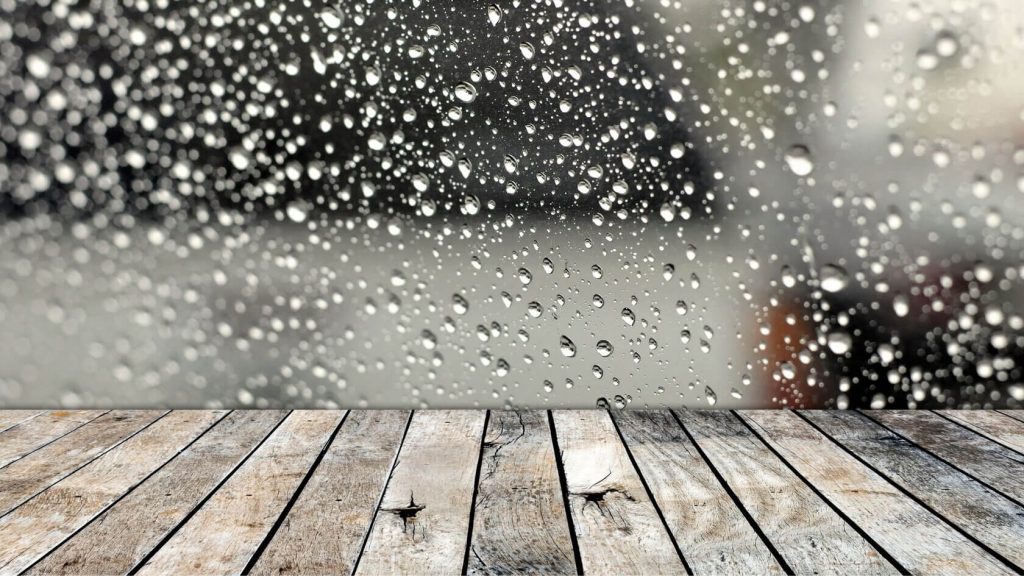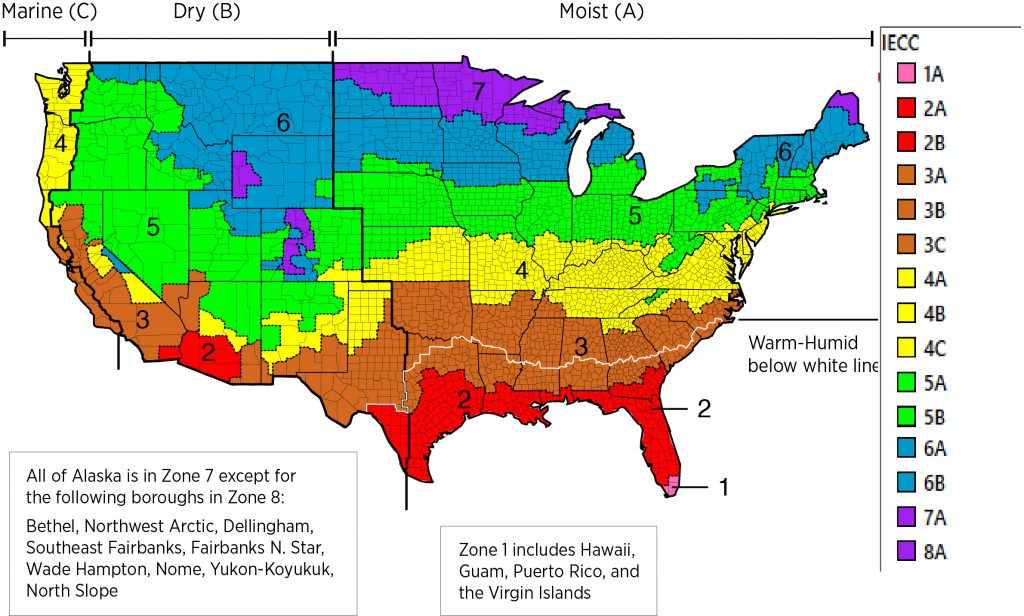How Humidity Affects Hardwood Floors
Are you ready for April showers? They might bring May flowers, but they also bring a rise in humidity, which can affect your hardwood floor.


There is no doubt that hardwood floors add to the overall beauty and value of your home. It has been the preferred flooring for centuries, especially in the US. Many of the first settlers used hardwood floors. Obviously, this was mostly due to the available natural resources. However, many historic homes built in the colonial period still have their original hardwood floors, a testament to their durability.
That being said, just like any other type of flooring, there are some things you need to do to make sure to get the best out of your hardwood floor for years to come. A few months ago, we gave you some tips on how to take care of your floor during the winter. You can read about it here. Today (while it is currently raining cats and dogs), we wanted to let you know how humidity can affect your flooring and the best way to take care of your floor during hot and rainy months.
What can humidity do to floors?
Let’s get the bad stuff out of the way first. If not correctly installed, treated, and maintained, there can be some undesirable reactions your wood flooring has to high humidity. This is because wood is a natural material and it is hygroscopic, which means it absorbs moisture from the air. It is natural for wood flooring to absorb some moisture; this is why installers take into account expansion and contraction when installing your floor. The more moisture it absorbs, the more it can expand. If not properly treated and installed, this expansion can cause pressure between the boards, resulting in issues like:
Cupping:
While a natural reaction to moisture and visible to varying degrees, extreme cupping can be an issue. What is cupping? It is when the edges of the board become higher than the center, forming a cup shape. Usually, you can address this issue with dehumidifiers and fans, drying the moisture, and allowing the boards to lay flat once again.
Crowing:
This is similar to cupping, but the middle of the board is higher than the edges in this case.
Buckling:
This is one of the most extreme reactions where the boards expand beyond the expansion gaps set during the installation. The causes the boards to pull away from the subfloor.
It’s important to know how humidity can affect your hardwood floor so you can take steps to keep them looking nice for years to come.
How to take care of your floor in high humidity:
First, it is good to know the average level of humidity in your region. Some areas naturally have more moisture in the air compared to others. Here is a map of humidity zones in the United States:


Wood floors can be installed successfully in every region, but they cannot all be installed the same way. You have to consider the subfloor and installation method as well as moisture treatments and finishes.
It is generally suggested that you try to keep your home’s humidity between 35 and 55%. Air conditioning cools and removes humidity, so be sure to keep it on in the summer months. It’s also a good idea to leave it on if you leave for vacation; that way, the humidity in your home is regulated.
It is also important to understand that different types of wood will react differently to humidity. Some wood is more porous and tends to absorb more water than other, denser types of wood. One of the best water-resistant types of wood is Cumaru. There is also some argument that engineered wood performs better in humid areas than solid wood. Of course, if you have the right type of wood species and the correct installation methods, even solid wood can be installed successfully in humid areas. You can read more about the difference between engineered and solid wood flooring here.
Your hardwood flooring expert should inform you of your floor’s expected performance during the planning phase. As mentioned above, since it is a natural material, it is going to react to the elements, so you need to make sure you know what to expect. You also need to understand how to best take care of your floor during the humid months to have a beautiful home for years to come.
Want to talk to a wood flooring expert who understands the temperature and humidity fluctuations in your region? Give us a call or fill out the contact form below, and we would be happy to discuss the best options for your home or business.


